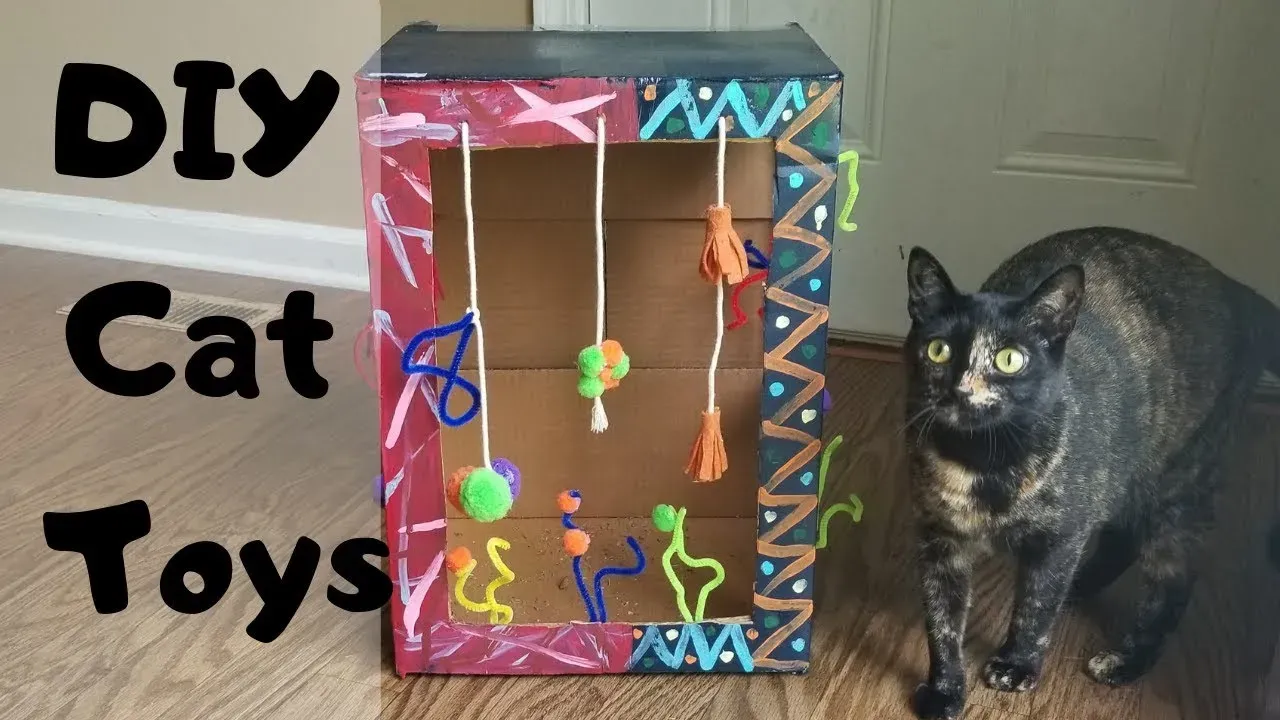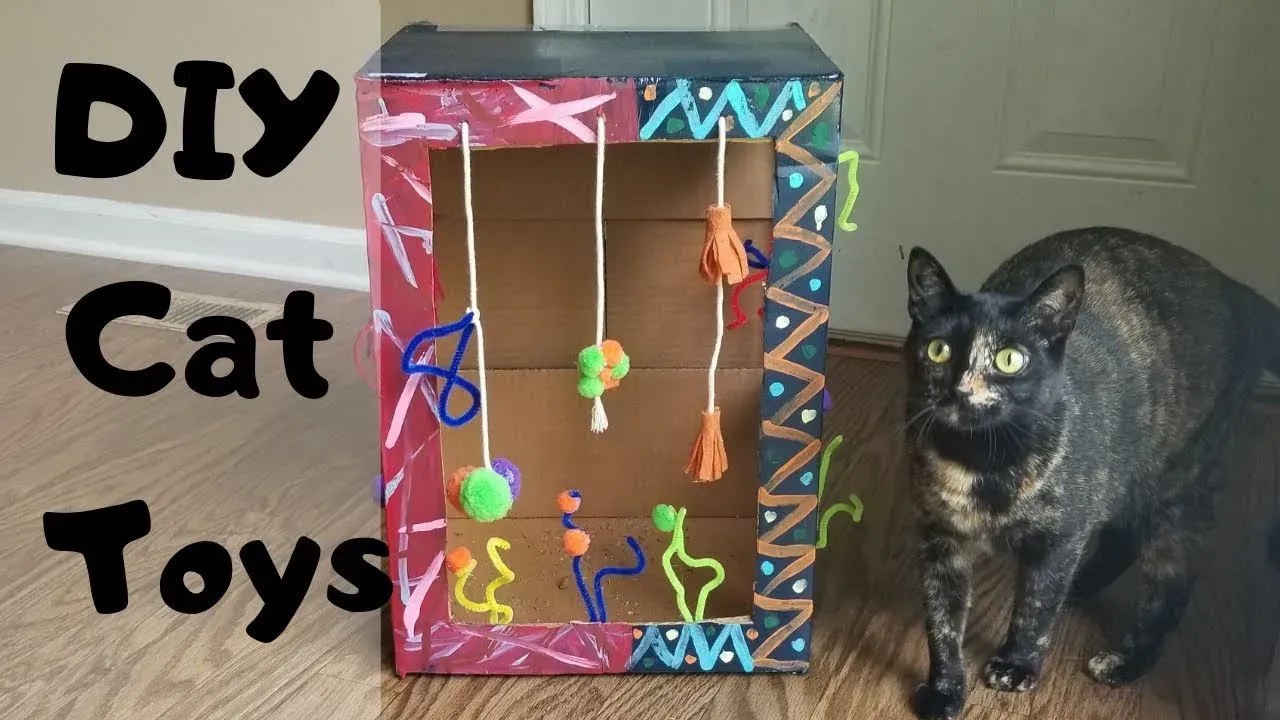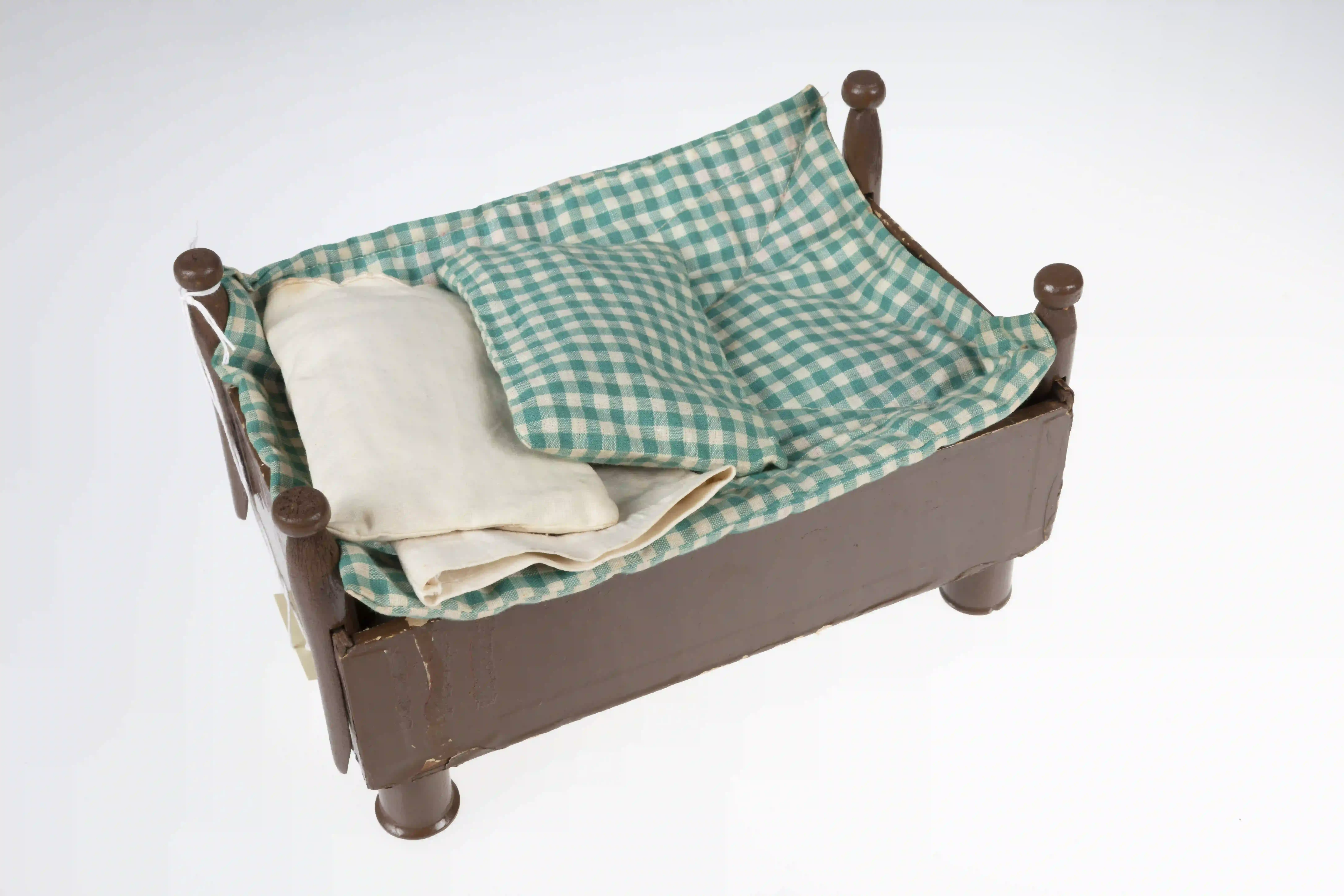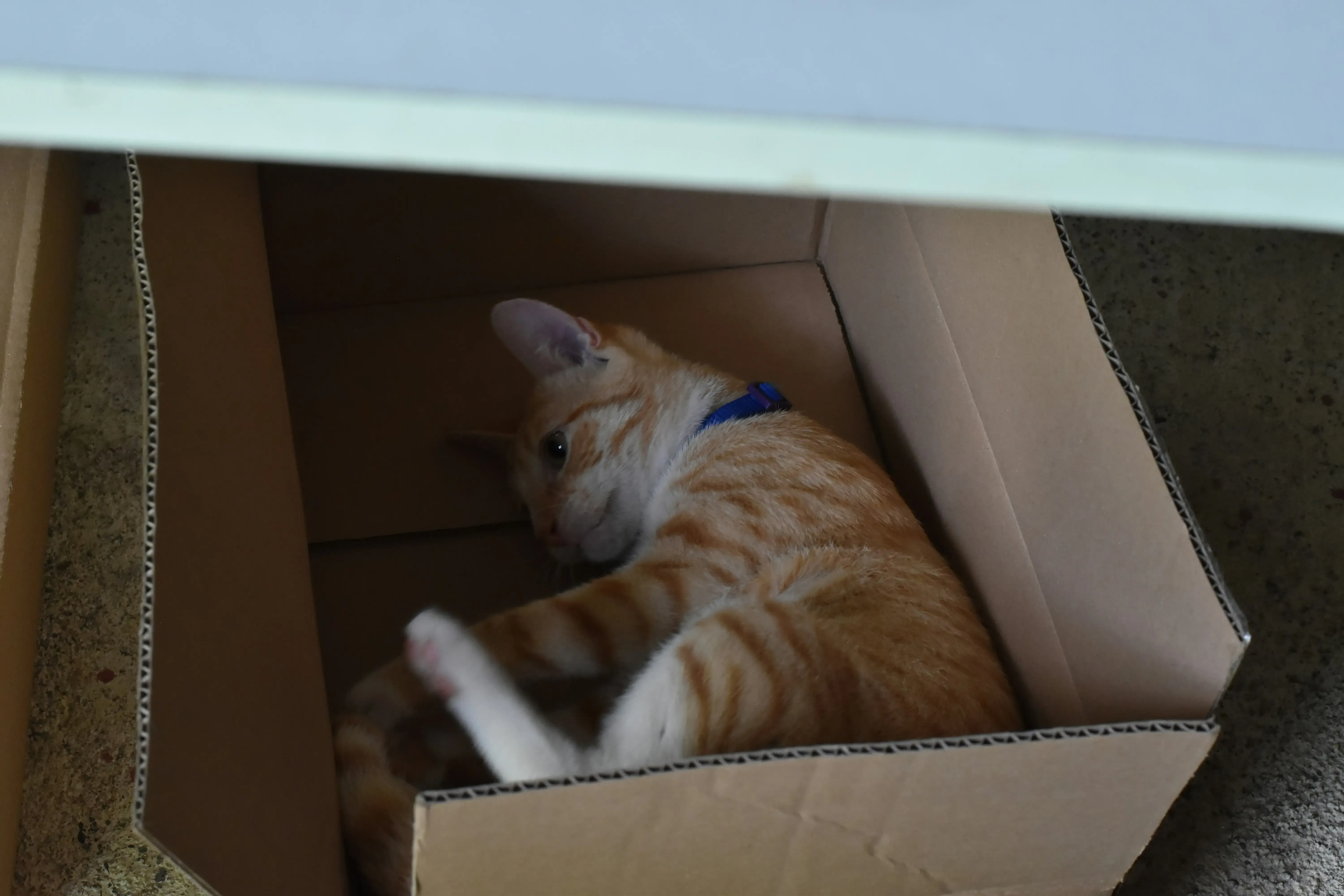Table of Contents
Let's be honest, sometimes our feline overlords seem perfectly content with a sunbeam and a 16-hour nap. But beneath that serene exterior often lurks a creature craving stimulation, a small predator whose natural instincts need an outlet beyond batting your favorite pen off the table. A bored cat isn't just a lazy lump; they can become anxious, destructive, or just plain annoying. You know the drill: shredded toilet paper, midnight zoomies that sound like a herd of elephants, or the mournful stare that says, "Is this *all* there is?"
Why Your Cat Needs More Play Than Just a Nap Spot

Why Your Cat Needs More Play Than Just a Nap Spot
Look, we all appreciate a good lounge session, and cats have certainly perfected the art. But thinking your cat is perfectly happy just snoozing on the sofa all day is like assuming a cheetah is content watching nature documentaries. These are animals hardwired to hunt, stalk, and chase. Their brains are built for problem-solving, for figuring out how to get to that elusive prey. When they don't get to exercise these natural behaviors, that pent-up energy and intelligence doesn't just disappear; it often manifests in ways you probably won't appreciate. We're talking shredded furniture, aggressive swatting, or the classic "wake-up-and-scream-at-3-AM" routine. Simply put,Why Your Cat Needs More Play Than Just a Nap Spotcomes down to their fundamental nature; they need to *do* things, not just *be* things.
Ask yourself:
- Does your cat seem restless even after a long nap?
- Do they attack your ankles or hands unexpectedly?
- Have they developed destructive habits like scratching where they shouldn't?
- Do they seem generally listless or bored?
If you answered yes to any of these, your cat is probably telling you they need more action in their life.
Understanding the Magic Behind a Homemade Cat Toy Box

Understanding the Magic Behind a Homemade Cat Toy Box
It's Not Rocket Science, It's Cardboard and Curiosity
So, what is this magicalhomemade cat toy boxwe're talking about? Forget complex electronics or expensive gadgets. At its heart, it's just a container – usually a cardboard box because cats are inexplicably drawn to them – with holes cut into it. You then drop interesting things inside: treats, crinkle balls, bottle caps, small stuffed mice. The holes are big enough for a paw to fit through, but small enough to make retrieving the goodies a bit of a challenge. Think of it as a feline puzzle feeder, a treasure chest of tantalizing items they have to work to access. It taps into that primal desire to figure things out, to manipulate objects, to earn their reward.
It's the opposite of just handing them a toy. That's like giving a human a solved Rubik's Cube. Where's the fun in that? The busy box makes them engage their brains and their paws. They have to think strategically, batting at things through the holes, trying different angles, using their claws just a little bit to hook something. It's a physical and mental workout disguised as playtime. And the best part? It leverages their natural inclination towards enclosed spaces and their insatiable curiosity about what's just out of reach.
Mimicking the Hunt, Minus the Actual Mouse
The genius of ahomemade cat toy boxlies in how it simulates the hunting experience in a safe, indoor environment. In the wild (or your backyard, depending on your cat's access), a cat stalks, pounces, and captures prey. This involves planning, bursts of speed, fine motor control, and the satisfaction of a successful catch. A busy box breaks down these elements into solvable steps. They stalk the 'prey' (the toy or treat) visible through the holes. They 'pounce' with their paw, attempting to 'capture' it by hooking or batting it out. It's a condensed version of the natural predatory sequence.
This simulation is crucial for their well-being. It provides a positive outlet for those hunting instincts. Instead of stalking your toes under the duvet at 2 AM, they can stalk a jingle ball inside the box. It gives them a sense of accomplishment, a 'win' that boosts their confidence and reduces frustration. It's like giving a high-energy dog a job to do; a busy cat is usually a happy cat.
- It satisfies hunting instincts.
- It provides mental stimulation.
- It encourages problem-solving.
- It offers a sense of accomplishment.
- It burns off excess energy.
Why It Works: Simplicity is Key
Why are cats, creatures often presented as aloof and complex, so drawn to something as simple as a box with holes? Part of it is the box itself – a safe, enclosed space appeals to their denning instincts. The holes add an element of mystery and challenge. They can see something interesting, but they can't just grab it. This creates intrigue and motivates them to interact. It's the same principle that makes a fishing pole toy so effective; the prey is visible but just out of reach, requiring effort to 'catch'.
Furthermore, the items you put inside are often things that mimic prey textures or sounds – crinkling paper, jingling bells, soft fur-like toys. This multi-sensory approach keeps them engaged. My own cat, a creature of discerning taste who usually ignores expensive gadgets, will spend solid chunks of time batting furiously at a crumpled piece of paper inside his humble cardboard box. It's a reminder that sometimes, the most effective toys are the simplest ones, leveraging innate behaviors rather than trying to override them.
The Real Perks of Building a Homemade Cat Toy Box

The Real Perks of Building a Homemade Cat Toy Box
Alright, so we've established that Fluffy isn't just a furry paperweight and that a box with holes isn't just trash. Let's talk aboutThe Real Perks of Building a Homemade Cat Toy Box. First off, your wallet will thank you. We've all bought those expensive cat toys that get ignored after five minutes, right? This costs next to nothing, using stuff you'd otherwise toss. But more importantly, it's genuinely good for your cat. You'll likely see a decrease in those annoying behaviors born from boredom – less scratching the sofa, less attacking your feet under the covers. It provides crucial mental stimulation, keeping their brains active and engaged, which is vital, especially for indoor cats who don't have outdoor hunting opportunities. It also encourages physical activity as they bat and maneuver to get items out. Watching them figure it out is honestly pretty entertaining too; it’s like getting a free nature documentary starring your own pet, complete with intense focus and clumsy paw swipes.
Crafting Your Own: A Simple Guide to Your Homemade Cat Toy Box

Crafting Your Own: A Simple Guide to Your Homemade Cat Toy Box
Gathering Your (Mostly Free) Supplies
Alright, let's get down to brass tacks. Building ahomemade cat toy boxisn't going to require a trip to the specialty pet store or even the craft supply aisle. Look around your house. Got an empty Amazon box? Perfect. Cereal box? Works too, though a sturdier box is usually better. The main ingredient is cardboard. You'll also need something to cut holes – sturdy scissors or a utility knife (be careful with this!). Beyond that, the filling is up to you and whatever treasures your cat deems worthy. Think crinkled paper (receipts work in a pinch), bottle caps (rinse them first!), small catnip mice, ping pong balls, or even just a few dry treats. The goal is variety and things they can bat at or hook with a claw. Avoid anything small enough to be swallowed or anything with sharp edges.
Don't overthink this part. The beauty of a homemade cat toy box is its simplicity and adaptability. If your cat loves batting at hair ties (supervised, of course!), toss a couple in. If they go bonkers for crinkle sounds, crumple up some paper. It's a low-stakes project, so feel free to experiment with different box sizes and shapes too. A shoebox works for smaller items, while a larger moving box can be a whole playground.
Cutting the Holes and Adding the Loot
Now for the slightly less thrilling but necessary step: making the holes. Grab your box and your cutting tool. You want the holes to be large enough for your cat's paw to fit through comfortably, but not so big that they can just dump everything out instantly. Think roughly the size of a silver dollar or maybe a bit larger, depending on your cat's paw size. Cut several holes on the top and sides of the box. Don't make them perfectly round or symmetrical; jagged, random shapes can actually add to the challenge and intrigue for your cat. Just make sure there are no sharp cardboard edges sticking out that could scratch them.
Once the holes are cut, fold down or tape the box flaps closed if you're using a standard box. Then, drop your chosen goodies inside. Start with just a few items so it's not overwhelming. You can always add more later. Present the box to your cat. Some cats will dive right in, others might need a little encouragement. Try batting at an item through a hole yourself to show them how it works, or place a particularly tempting treat near a hole. Supervise their initial interactions to make sure they're playing safely and not trying to eat the box itself.
What kind of things can you put in a homemade cat toy box?
- Dry cat treats
- Crinkled paper or aluminum foil balls
- Small toy mice (without easily detachable parts)
- Ping pong balls
- Plastic bottle caps (clean ones!)
- Cardboard rings from paper towel rolls
- Catnip-filled shapes
Making It Stick: Keeping Your Homemade Cat Toy Box Fresh and Exciting

Making It Stick: Keeping Your Homemade Cat Toy Box Fresh and Exciting
Rotate the Inventory, Keep the Boredom at Bay
So, you've built the perfecthomemade cat toy box, your cat spent an hour wrestling a bottle cap out, and you're feeling pretty smug. Great! But here's the reality check: cats get bored. Fast. That shiny new box, filled with the same old stuff, will quickly lose its appeal. Think of it like giving a kid the same puzzle every single day. The novelty wears off. To keep the magic alive, you have to rotate the 'inventory' inside the box regularly. Don't leave the same three items in there for weeks on end.
Every few days, or at least once a week, swap out some of the contents. Put away the crinkled paper and add a few dry treats. Remove the small mouse and toss in a ping pong ball. Keep a stash of potential busy box items in a separate container and cycle them through. This constant change makes the box feel new and keeps your cat curious about what treasures might be hidden inside today. It prevents the box from becoming just another piece of furniture they ignore.
Change the Scenery (or the Box Itself)
Beyond just swapping the contents, consider changing the box itself or its location. Remember how cats love boxes? They also love *new* boxes. When your currenthomemade cat toy boxstarts looking a bit worse for wear – flattened corners, too many claw marks turning holes into craters – don't mourn its passing. Celebrate it! Grab another empty box, cut new holes, and create a slightly different configuration. Maybe make the holes a different size, or cut them in different places. This minor tweak can make the activity feel fresh again.
Alternatively, try moving the box to a different spot in the house. A corner of the living room, then the hallway, then a sunny spot near a window. A change of location can re-ignite interest, making them approach it with renewed curiosity. It's a simple trick, but sometimes just seeing the familiar box in an unfamiliar place is enough to make them investigate and start playing again. It’s like rearranging the furniture; suddenly the whole room feels different.
- Swap out the toys/treats inside regularly.
- Use a variety of textures and sounds.
- Introduce new items periodically.
- Try a different size or shape of box.
- Cut holes in new locations or sizes on the box.
- Move the box to a different room or spot.
- Add a sprinkle of fresh catnip (if your cat responds to it).
Add Scent, Sound, and Surprise
To really keep yourhomemade cat toy boxengaging, think about adding sensory elements. A quick rub-down with some fresh catnip can make even the most jaded feline reconsider their apathy. For cats who aren't affected by catnip, try silvervine or valerian root – some cats respond to those instead. You can also add items that make noise when batted, like a plastic easter egg with a few dry beans inside (sealed tightly, obviously) or toys with bells. The sound adds an auditory reward to their efforts.
Consider varying the challenge level too. For a cat who's mastered getting things out, make the holes slightly smaller, or put in items that are harder to maneuver. For a less confident player, make the holes bigger or use items that are easy to hook. Keep observing how your cat interacts and adjust the box and its contents accordingly. The goal is to provide a challenge, but not one that leads to frustration. A little effort for a rewarding outcome is the sweet spot.
Give the Homemade Cat Toy Box a Shot
Look, keeping a cat entertained doesn't require a small fortune or a degree in feline psychology. Ahomemade cat toy boxis about as low-effort, high-reward as it gets in the world of cat enrichment. You're taking something destined for the recycling bin and turning it into a brain-boosting, instinct-satisfying playground. It cuts down on boredom, potentially saves your furniture from untimely death, and frankly, it's pretty entertaining to watch your cat figure it out. So grab a box, toss in some randomness, and see what happens. Your cat might just surprise you.